OK, so my site has been infected by malware, and while I was cleaning it up I came across this file by the name ".." -

Couldn't transfer it via FTP, so I looked at the file on cpanel -
I checked my backups and the file wasn't there originally and so I deleted it, but it gets re-created automatically.
What's this file? Is it malicious?

Couldn't transfer it via FTP, so I looked at the file on cpanel -
Code:
vFPuWN80hSq17G4OF8oyhg==
6gi4EYJk02vwpTBOQpZ2
6AuvDYBkyXD1vjNY
6A2vDYJkyXfxpSlRSpM=
6gm5EYFk0mvzoTJOQpZw
6gi4EYJk02vwpTVOQpd8
6AuvDYBkyXH5vjBU
6gi1EYRnyXfyoilUSg==
7wqvDYJ/1nH3vjZVQQ==
4givCIV/1Xfxvj5Q
4wmvDoZoyXfypylSQJQ=
6gi3EYN/0HzvoT9S
6gS5EYVnyXDvoTVX
4g2vDYNhyXT1vjZSQQ==
6gy4EYFh0WvwpjJOSpA=
7hKwC4p/1XDxvjZVQw==
6gu5EYFgyXfyvjVTQw==I checked my backups and the file wasn't there originally and so I deleted it, but it gets re-created automatically.
What's this file? Is it malicious?


